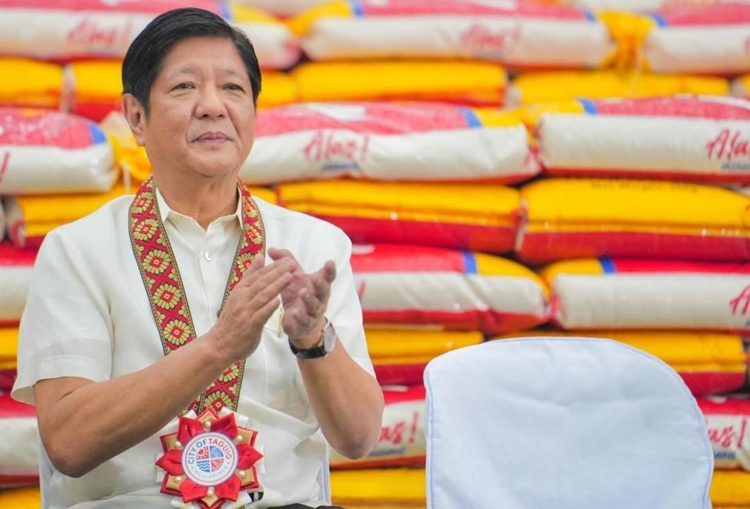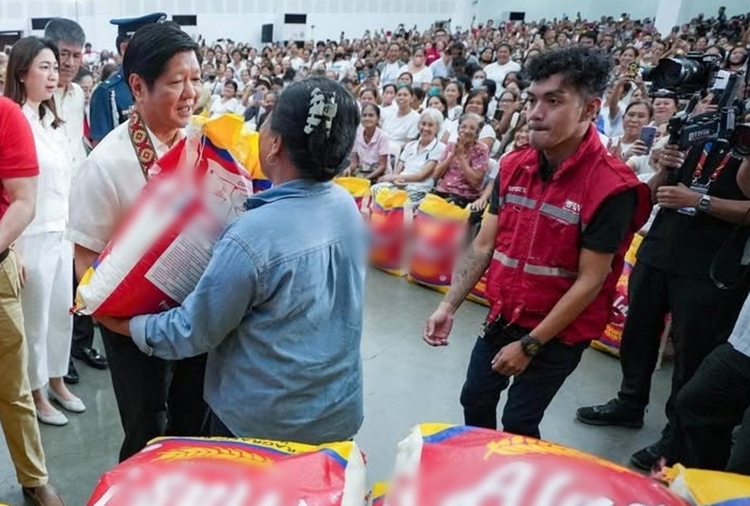Why the ₱20 Rice Took Time to Be Implemented
₱20 RICE — President Ferdinand “Bongbong” Marcos Jr. explained why his campaign promise to lower prices to ₱20 per kilo has only recently been implemented. Speaking on his BBM Podcast, the President said that when he assumed office in 2022, it was not yet possible due to serious problems involving rice importation and smuggling, which had driven prices up.
He pointed out that some government officials were involved in illegal activities, working with unscrupulous traders to smuggle rice and earn profits. This corruption made it difficult to control prices. Marcos emphasized that these issues needed to be addressed first before affordable rice could be offered to the public.
“Dahil ang nag-i- smuggle mga opisyal din ng gobyerno. Kumikita sila, Sige pasok lang sila ng pasok. Hindi iniintindi yung production, hindi nila iniintindi yung sistema,” he said.

He also mentioned that his administration had to fix the bureaucracy, pass needed reforms, and increase local production—major steps that took time but are now beginning to show results.
The Department of Agriculture officially launched the ₱20-per-kilo rice program in Cebu this May. The program is expected to continue through December 2025, with the goal of sustaining it until 2028, the end of Marcos’ term. The President assured the public that the government is doing its best to make affordable rice accessible to more Filipinos while also supporting local farmers and repairing the broken system.

Meanwhile, rice is essential to Filipinos as it is their main staple food, eaten in nearly every meal. It provides energy and nutrients that are vital to daily life. Culturally, it symbolizes prosperity and hard work and is often celebrated in festivals. Economically, it supports millions of livelihoods in farming and related industries. For many low-income families, it is the most affordable and accessible food, making it a key factor in food security.
Related Post: Sara Duterte Confirms P20 per Kilo Rice Doable
